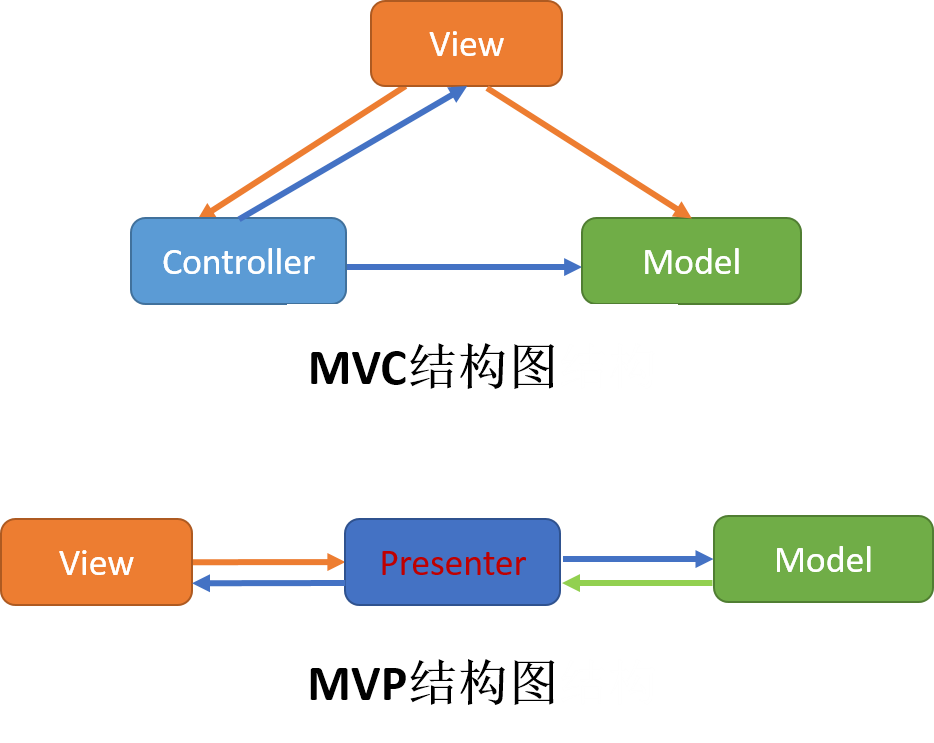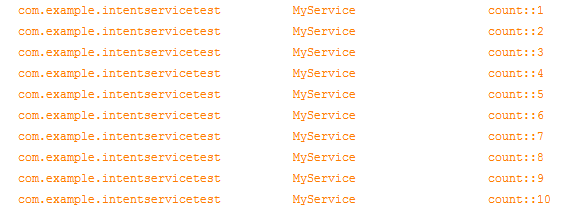編輯:關於Android編程
本文實例講述了Android測量每秒幀數Frames Per Second (FPS)的方法。分享給大家供大家參考。具體如下:
MainThread.java:
package net.obviam.droidz;
import java.text.DecimalFormat;
import android.graphics.Canvas;
import android.util.Log;
import android.view.SurfaceHolder;
/**
* @author impaler
*
* The Main thread which contains the game loop. The thread must have access to
* the surface view and holder to trigger events every game tick.
*/
public class MainThread extends Thread {
private static final String TAG = MainThread.class.getSimpleName();
// desired fps
private final static int MAX_FPS = 50;
// maximum number of frames to be skipped
private final static int MAX_FRAME_SKIPS = 5;
// the frame period
private final static int FRAME_PERIOD = 1000 / MAX_FPS;
// Stuff for stats */
private DecimalFormat df = new DecimalFormat("0.##"); // 2 dp
// we'll be reading the stats every second
private final static int STAT_INTERVAL = 1000; //ms
// the average will be calculated by storing
// the last n FPSs
private final static int FPS_HISTORY_NR = 10;
// last time the status was stored
private long lastStatusStore = 0;
// the status time counter
private long statusIntervalTimer = 0l;
// number of frames skipped since the game started
private long totalFramesSkipped = 0l;
// number of frames skipped in a store cycle (1 sec)
private long framesSkippedPerStatCycle = 0l;
// number of rendered frames in an interval
private int frameCountPerStatCycle = 0;
private long totalFrameCount = 0l;
// the last FPS values
private double fpsStore[];
// the number of times the stat has been read
private long statsCount = 0;
// the average FPS since the game started
private double averageFps = 0.0;
// Surface holder that can access the physical surface
private SurfaceHolder surfaceHolder;
// The actual view that handles inputs
// and draws to the surface
private MainGamePanel gamePanel;
// flag to hold game state
private boolean running;
public void setRunning(boolean running) {
this.running = running;
}
public MainThread(SurfaceHolder surfaceHolder, MainGamePanel gamePanel) {
super();
this.surfaceHolder = surfaceHolder;
this.gamePanel = gamePanel;
}
@Override
public void run() {
Canvas canvas;
Log.d(TAG, "Starting game loop");
// initialise timing elements for stat gathering
initTimingElements();
long beginTime; // the time when the cycle begun
long timeDiff; // the time it took for the cycle to execute
int sleepTime; // ms to sleep (<0 if we're behind)
int framesSkipped; // number of frames being skipped
sleepTime = 0;
while (running) {
canvas = null;
// try locking the canvas for exclusive pixel editing
// in the surface
try {
canvas = this.surfaceHolder.lockCanvas();
synchronized (surfaceHolder) {
beginTime = System.currentTimeMillis();
framesSkipped = 0; // resetting the frames skipped
// update game state
this.gamePanel.update();
// render state to the screen
// draws the canvas on the panel
this.gamePanel.render(canvas);
// calculate how long did the cycle take
timeDiff = System.currentTimeMillis() - beginTime;
// calculate sleep time
sleepTime = (int)(FRAME_PERIOD - timeDiff);
if (sleepTime > 0) {
// if sleepTime > 0 we're OK
try {
// send the thread to sleep for a short period
// very useful for battery saving
Thread.sleep(sleepTime);
} catch (InterruptedException e) {}
}
while (sleepTime < 0 && framesSkipped < MAX_FRAME_SKIPS) {
// we need to catch up
this.gamePanel.update(); // update without rendering
sleepTime += FRAME_PERIOD; // add frame period to check if in next frame
framesSkipped++;
}
if (framesSkipped > 0) {
Log.d(TAG, "Skipped:" + framesSkipped);
}
// for statistics
framesSkippedPerStatCycle += framesSkipped;
// calling the routine to store the gathered statistics
storeStats();
}
} finally {
// in case of an exception the surface is not left in
// an inconsistent state
if (canvas != null) {
surfaceHolder.unlockCanvasAndPost(canvas);
}
} // end finally
}
}
/**
* The statistics - it is called every cycle, it checks if time since last
* store is greater than the statistics gathering period (1 sec) and if so
* it calculates the FPS for the last period and stores it.
*
* It tracks the number of frames per period. The number of frames since
* the start of the period are summed up and the calculation takes part
* only if the next period and the frame count is reset to 0.
*/
private void storeStats() {
frameCountPerStatCycle++;
totalFrameCount++;
// check the actual time
statusIntervalTimer += (System.currentTimeMillis() - statusIntervalTimer);
if (statusIntervalTimer >= lastStatusStore + STAT_INTERVAL) {
// calculate the actual frames pers status check interval
double actualFps = (double)(frameCountPerStatCycle / (STAT_INTERVAL / 1000));
//stores the latest fps in the array
fpsStore[(int) statsCount % FPS_HISTORY_NR] = actualFps;
// increase the number of times statistics was calculated
statsCount++;
double totalFps = 0.0;
// sum up the stored fps values
for (int i = 0; i < FPS_HISTORY_NR; i++) {
totalFps += fpsStore[i];
}
// obtain the average
if (statsCount < FPS_HISTORY_NR) {
// in case of the first 10 triggers
averageFps = totalFps / statsCount;
} else {
averageFps = totalFps / FPS_HISTORY_NR;
}
// saving the number of total frames skipped
totalFramesSkipped += framesSkippedPerStatCycle;
// resetting the counters after a status record (1 sec)
framesSkippedPerStatCycle = 0;
statusIntervalTimer = 0;
frameCountPerStatCycle = 0;
statusIntervalTimer = System.currentTimeMillis();
lastStatusStore = statusIntervalTimer;
// Log.d(TAG, "Average FPS:" + df.format(averageFps));
gamePanel.setAvgFps("FPS: " + df.format(averageFps));
}
}
private void initTimingElements() {
// initialise timing elements
fpsStore = new double[FPS_HISTORY_NR];
for (int i = 0; i < FPS_HISTORY_NR; i++) {
fpsStore[i] = 0.0;
}
Log.d(TAG + ".initTimingElements()", "Timing elements for stats initialised");
}
}
希望本文所述對大家的java程序設計有所幫助。
 android MVP模式介紹與實戰
android MVP模式介紹與實戰
描述MVP模式是什麼?MVP 是從經典的模式MVC演變而來,它們的基本思想有相通的地方:Controller/Presenter負責邏輯的處理,Model提供數據,Vie
 Android開發技巧之Camera拍照功能
Android開發技巧之Camera拍照功能
本篇是我對開發項目的拍照功能過程中,對Camera拍照使用的總結。由於camera2是在api level 21(5.0.1)才引入的,而Camera到6.0仍可使用,所
 Android開發--IntentService的用法,你錯過了什麼
Android開發--IntentService的用法,你錯過了什麼
IntentService是Android中提供的後台服務類,我們在外部組件中通過Intent向IntentService發送請求命令,之後IntentService逐
 Android入門之ActivityGroup+GridView實現Tab分頁標簽的方法
Android入門之ActivityGroup+GridView實現Tab分頁標簽的方法
在Android程序中很多客戶端軟件和浏覽器軟件都喜歡用Tab分頁標簽來搭建界面框架。讀者也許會馬上想到使用TabHost 與 TabActivity的組合,其實最常用的